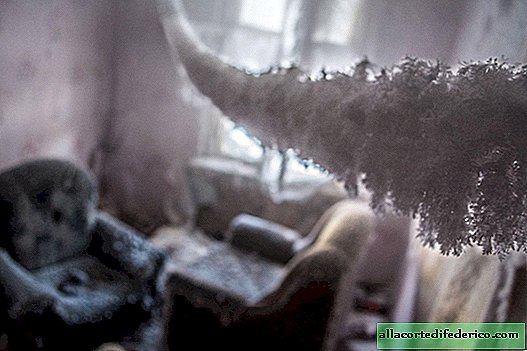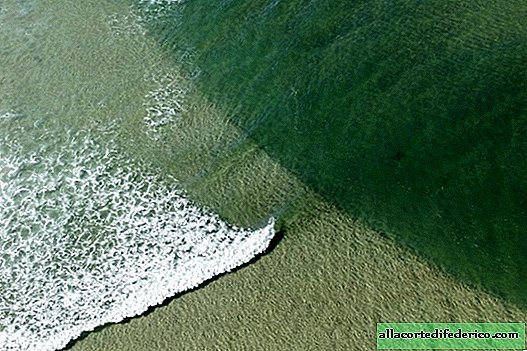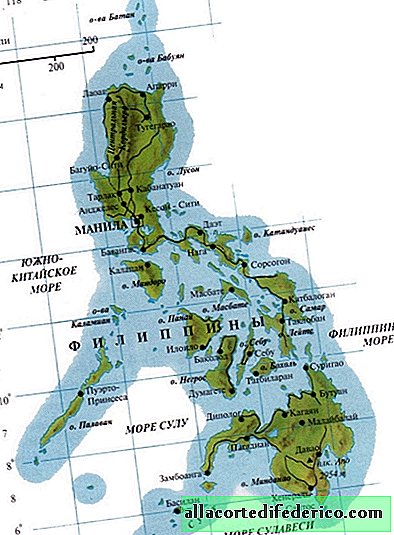Why did the plesiosaurus have such small teeth
More than 65 million years ago, the oceans of the Earth were inhabited by many creatures that are still found there: such as fish, plankton or sharks. But one of the largest ocean predators, plesiosaurs, disappeared at the same time as the dinosaurs on land. They are not for nothing called sea monsters: huge monsters with powerful flippers, strong jaws and sharp teeth were at the top of the food chain. However, not all plesiosaurs were such ferocious killers. As it turned out, some of them learned to be content with little, eating ordinary plankton, as modern whales do. But to make this discovery, it took 33 years.
Learned by heart
In 1984, Shankar Chatterjee, a paleontologist at the Texas Tech University Museum, and his student Brian Maly made an amazing discovery. Working on Seymour Island in Antarctica, they discovered a fossil skull of an animal that they had never seen before. Although it was obviously a plesiosaurus - representatives of this family have been found since the 1600s - the find was different from all earlier ones. Scientists named the new species Morturneria and drove its skeleton to the Texas Tech Museum.

Now, 33 years later, Chatterjee and his team have made a new discovery about Morturneria, which gives a new idea not only about plesiosaurs, but also about the entire evolution.
Most plesiosaurs had a wide, flat body and a short tail, four long flippers, which they used to fly through the water, long necks and very sharp teeth - thick, strong, ideal for killing large animals. However, the teeth of Morturneria were long and thin - such serious prey can not be eaten. Therefore, scientists suggested that the plesiosaur could eat small fish and crustaceans, and the teeth were a “trap” to filter water through them, leaving a snack in the mouth.
One way evolution
Chatterjee and his team remodeled the Morturneria with a large round head, huge mouth and tiny teeth. When the creature's jaw was closed, teeth from the upper and lower jaws formed a trap to use the filtering method. This feeding style is unknown in other marine reptiles, but is found in modern baleen whales.

Scientists note that the discovery demonstrates a stunning case of convergent evolution between reptiles and mammals (that is, when different species acquire the same features in the course of evolution independently of each other). However, the finding does not mean that Morturneria was somehow connected with today's baleen whales: they just developed the same way.
This is already found in nature. For example, birds and bats can fly. But birds are considered dinosaurs, and bats are mammals. These superficial similarities in lifestyle and behavior are called convergent evolution.

















